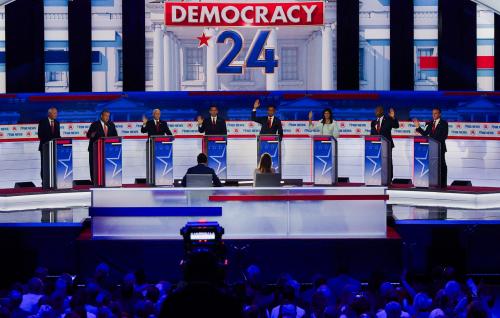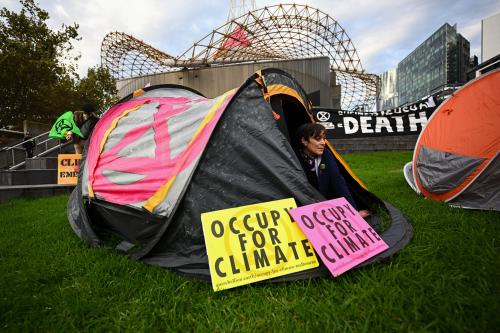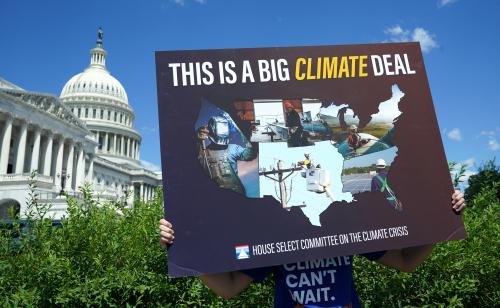Executive Summary
The 2008 presidential race may be the first in which the candidates’ positions on climate change have some influence on electoral outcome. Barack Obama and John McCain have already carved out policy proposals, reflecting the growing saliency of climate change issues among voters on the left and right. While the 110th Congress will likely adjourn with little done on the environment, legislators—trying to position themselves and their committees for lead roles in the next Congress—will ultimately have to respond to the growing number of Americans concerned about global warming. However, the next U.S. president and Congress, as in previous years, will likely struggle to formulate a response.
Ironically, at a time when federal institutions are giving expanded attention to the issue, state governments have already taken a lead role in most areas of American climate policy development. State policy responses include mandating increases in energy from renewable sources, reducing carbon emissions from vehicles, and developing cap-and-trade policies to reduce greenhouse gas emissions from utilities and major manufacturers. Therefore, any future federal policy has the opportunity to learn from real state experience, including public receptivity to policy.
A good deal of research has attempted to discern the public’s views on climate change, which was reviewed in an earlier Issues in Governance Studies paper. But much of the existing analysis has focused on national samples and averages, and does not take into account state or regional variation. Nor has it weighed federalism concerns, namely support for federal as opposed to state-based policy strategies.
Based upon a telephone survey conducted in late 2007, this paper examines public attitudes towards climate change, with particular emphasis on policy options, in Michigan and Pennsylvania—two states deemed major battlegrounds for McCain and Obama.
In addition to looking to states for possible policy solutions, Washington must also confront several questions, including how to design and implement policies with states that have very different levels of capacity and patterns of emissions growth. It must also contend with a blizzard of demands for special treatment from key interests, ranging from established vehicle manufacturers to entrepreneurial proponents of new technologies designed to save energy. All this will likely unfold amid concern over spikes in energy prices, including gasoline, which could be further influenced by new climate initiatives. As a result, there is no guarantee of federal action at any point in the near future, leaving the possibility of continuing state domination of this policy area for some time to come.



